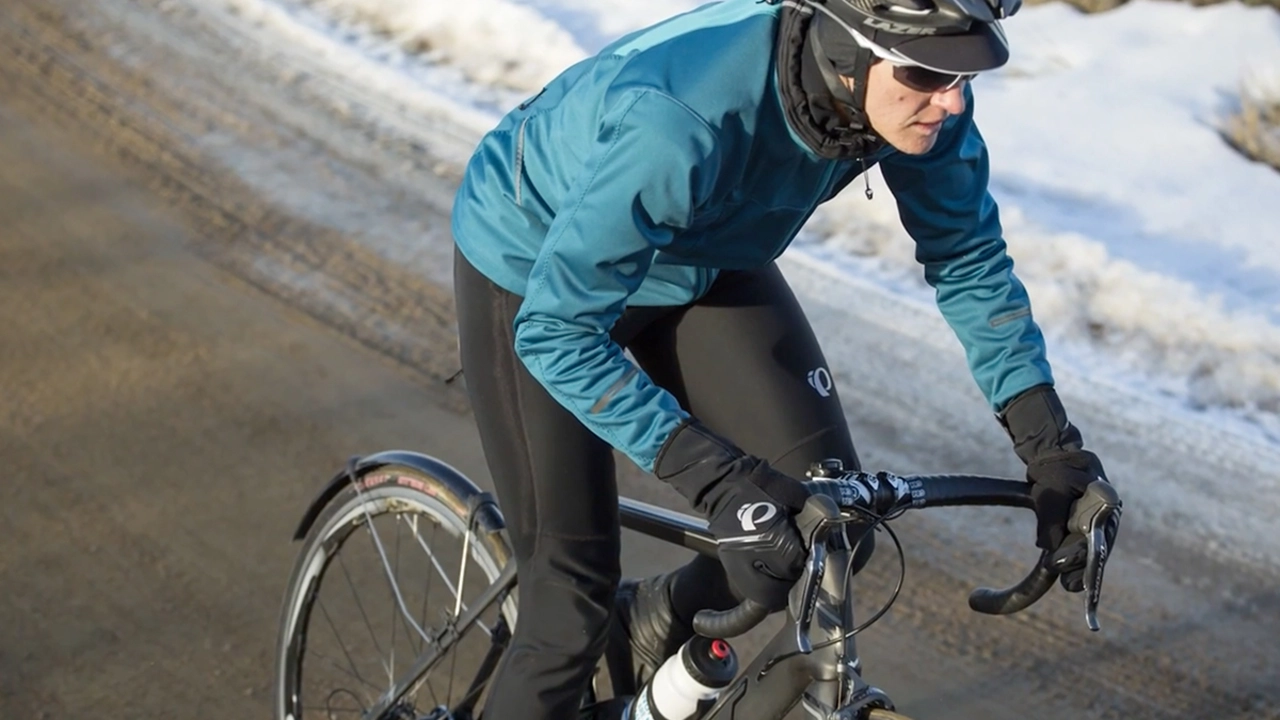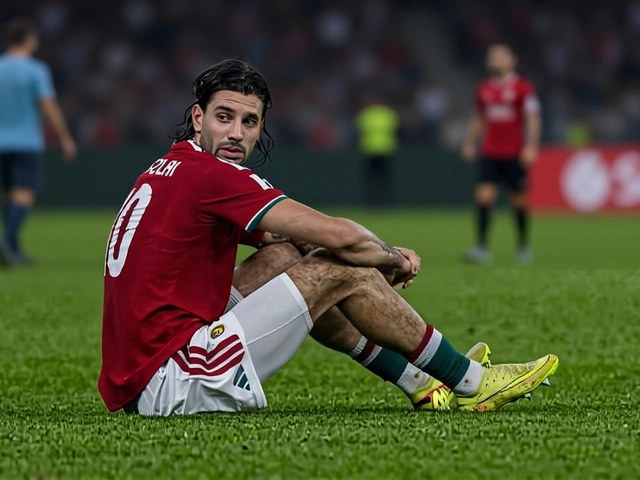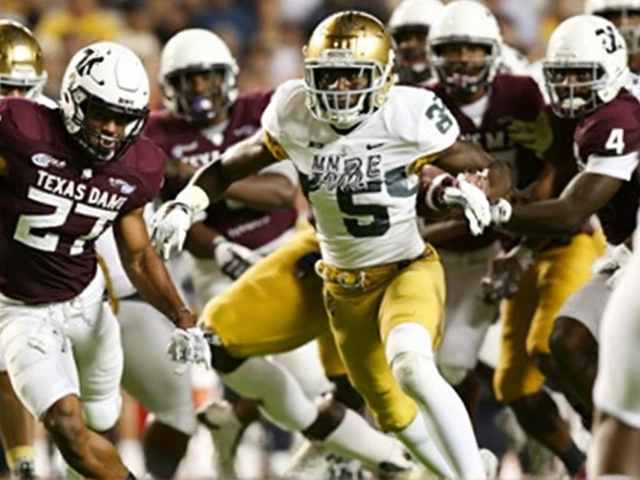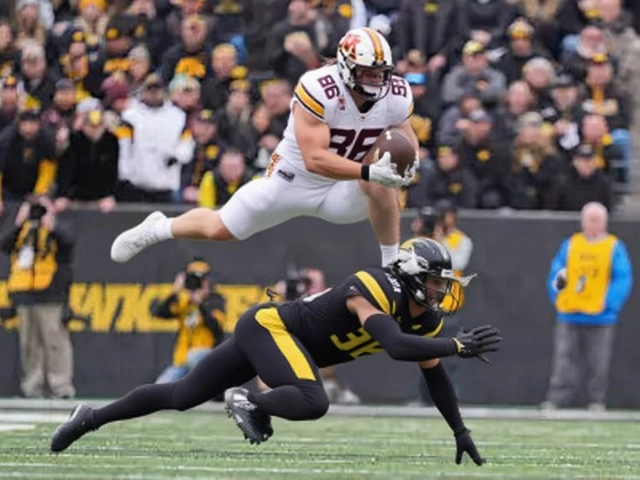Top Recommendations for BMX and Cycling in Spain
If you love BMX or just enjoy a good ride around Spain, you probably wonder what you should focus on to get better, stay safe, and have fun. Below are the most useful tips you can start using right now. No jargon, just real‑world advice that works on city streets, park tracks, and country trails.
Gear Up the Right Way
First things first – your bike and accessories matter more than you think. For BMX, a sturdy frame, a responsive head‑tube, and reliable pegs are non‑negotiable. If you ride on ramps or street obstacles, choose pegs that are at least 1.5 inches wide; they give you more surface to land on and reduce wobble.
Road cyclists should look for a shoe‑pedal system that matches their riding style. Clip‑less shoes boost power transfer, but if you mix road and off‑road, consider dual‑sided shoes – one side with a cleat, the other with a flat platform. This lets you jump off the bike safely when you need to walk over rough terrain.
Helmet safety isn’t optional. Pick a helmet with a snug fit, good ventilation, and a MIPS layer if you can afford it. In Spain’s hotter months, a vented helmet keeps you cool without sacrificing protection.
Know Where to Ride
Spain has a rich mix of urban bike lanes, suburban quiet streets, and mountain trails. If you’re after speed and less traffic, the suburbs usually win. Quiet roads mean fewer cars, smoother pavement, and more room to practice drafting without the risk of sudden stops.
City riding, on the other hand, offers excitement and quick access to parks. Look up local BMX parks – most major cities have a spot with ramps, rails, and a skate‑style bowl. The best part? You’ll meet other riders, share tips, and maybe find a training group.
When you head to the mountains, check the trail rating. Green trails are easy, blue are moderate, and black are for experts. Start slow, test your bike’s suspension, and always carry a mini‑pump and spare tube.
Train Smart, Not Hard
Consistency beats intensity. Riding 40 minutes a day improves cardio, burns calories, and keeps your muscles tuned. If you can’t find a full 40‑minute block, break it into two 20‑minute rides – the benefits are still there.
Drafting can shave up to 30 % off your energy use. Ride a few seconds behind a stronger rider on flat sections, but keep a safe distance. Beginners should practice in low‑traffic areas first to avoid accidents.
Strength training matters too. Simple bodyweight exercises – squats, lunges, and planks – boost leg power and core stability, which translates directly to better bike control.
Stay Healthy on the Bike
Cycling is excellent cardio. It raises your heart rate, burns calories, and is gentle on the joints. Over 50? No problem. Regular rides reduce heart disease risk, improve mood, and keep muscles strong. Just keep the intensity moderate and listen to your body.
Morning rides have an added perk: the sunrise, fresh air, and a natural energy boost. If you can, hop on the bike before work – you’ll feel more alert and ready for the day.
Finally, always hydrate. A bottle of water or an electrolyte drink keeps you from cramping, especially on hot Spanish afternoons.
Use these recommendations as a checklist. Pick one area to improve each week – gear, route, training, or health – and watch your riding level rise. Have fun, stay safe, and enjoy the ride across Spain’s beautiful landscape.
My absolute favorite piece of winter cycling gear has to be my thermal bib tights. They provide the perfect balance of warmth and flexibility, making those chilly morning rides much more comfortable. Plus, the added padding helps to cushion my ride, especially on longer journeys. I also appreciate the reflective detailing for increased visibility during darker winter months. Overall, I couldn't imagine tackling winter rides without these essential tights.
Read more





